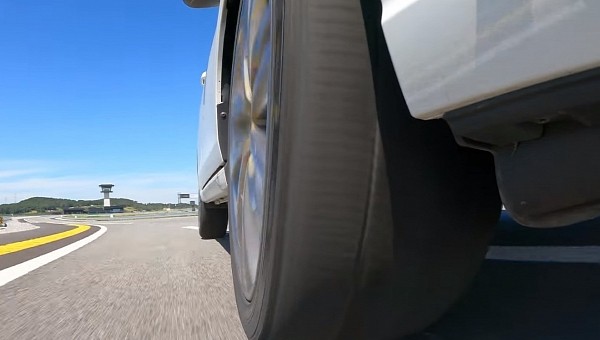Some vehicles left the factory with runflat tires, and they usually need to be replaced with other runflats because the vehicles do not have room for the conventional spare tire. In the meantime, tire manufacturers have developed Seal tires, which come with a specially-developed inner seal that is designed to stop any air leaks in case of a puncture. But which one should you get today, and how do they fare against a regular tire?
Runflat tires go by many names, depending on the manufacturer of the tire, so customers might be confused yet again when it comes time to purchase a replacement. You should know that Pirelli's run-flat tires are called just Pirelli Run Flat or RF, while Goodyear and Dunlop call theirs RunOnFlat or RoF.
Michelin calls this kind of tire Zero Pressure or ZP, while Bridgestone refers to their product as DriveGuard. Hankook has come up with HRS, which stands for Hankook Runflat System, while Continental's self-sealing tires are called Continental Self Sealing Reifen or SSR.
The first generation of runflat tires was not the most loved thing by consumers, as they were noisier than conventional tires and offered less comfort and even poor grip. It did not take long for that news to spread, and some people hate run-flats to the core, while others just don't care about them.
Nowadays, Runflat tires have reached their fourth generation, as manufacturers describe, and some of those manufacturers even use the same compound and thread pattern on run flats as they do on regular ones.
The difference with the former is that they have a special element within the wheel that supports the weight of the vehicle while driving at reduced speeds, as well as not being ripped apart when driven on with dramatically reduced pressure.
Jonathan Benson of Tyre Reviews has gone all the way to South Korea to Hankook's test track to learn if the latest run-flats from the company are better than seal tires, as well as how they stack up against regular tires with the same compound and thread pattern.
Before you watch the video, you should know that Hankook made a special set of sealed tires with the same compound and thread pattern as the other two kinds just for this test, which is impressive, so kudos to them on this one.
Michelin calls this kind of tire Zero Pressure or ZP, while Bridgestone refers to their product as DriveGuard. Hankook has come up with HRS, which stands for Hankook Runflat System, while Continental's self-sealing tires are called Continental Self Sealing Reifen or SSR.
The first generation of runflat tires was not the most loved thing by consumers, as they were noisier than conventional tires and offered less comfort and even poor grip. It did not take long for that news to spread, and some people hate run-flats to the core, while others just don't care about them.
Nowadays, Runflat tires have reached their fourth generation, as manufacturers describe, and some of those manufacturers even use the same compound and thread pattern on run flats as they do on regular ones.
The difference with the former is that they have a special element within the wheel that supports the weight of the vehicle while driving at reduced speeds, as well as not being ripped apart when driven on with dramatically reduced pressure.
Jonathan Benson of Tyre Reviews has gone all the way to South Korea to Hankook's test track to learn if the latest run-flats from the company are better than seal tires, as well as how they stack up against regular tires with the same compound and thread pattern.
Before you watch the video, you should know that Hankook made a special set of sealed tires with the same compound and thread pattern as the other two kinds just for this test, which is impressive, so kudos to them on this one.












